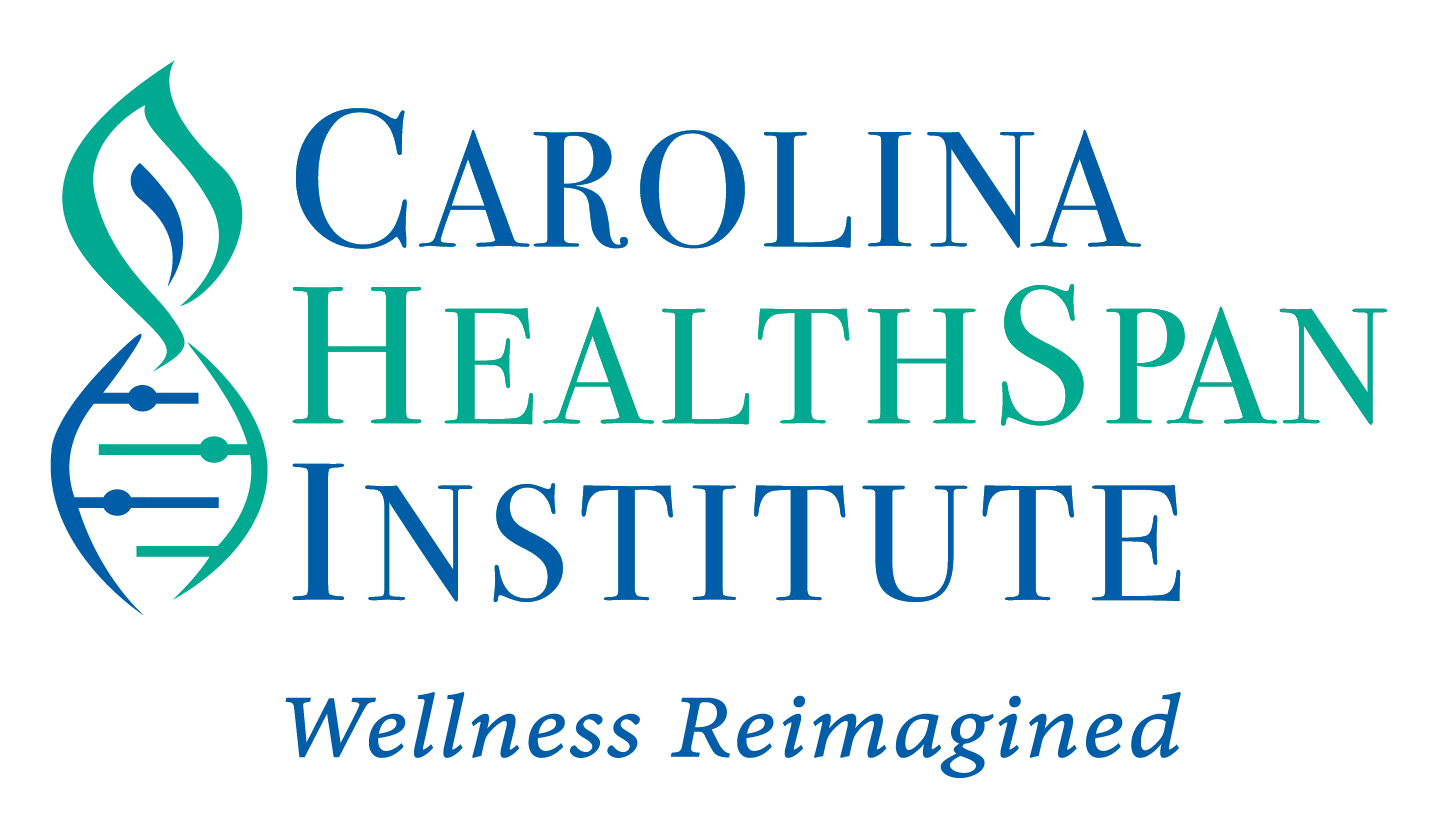Pills are not the only way to manage your child’s ADD/ADHD behaviors.
Neurofeedback therapy is a safe, non-invasive, alternative option for the treatment of attention-deficit hyperactivity disorder (ADHD) in children and adolescents. In November 2012, the American Academy of Pediatrics approved Neurofeedback as a Level 1 or “best support” treatment option for children suffering from ADHD.
For parents looking for an effective, non-drug treatment of ADHD, Neurofeedback is one worth serious consideration.
It is estimated that two million children in the United States are struggling with the symptoms of ADHD, which are inattention or inattention combined with hyperactivity.
Common indicators of ADHD with hyperactivity are:
-fidgeting, and/or squirming
-impulsive speech and blurting answers
-excessive talking and moving, constantly in motion
Indicators of inattention type include:
-inability to focus
-carelessness with schoolwork and other tasks
-easily distracted
-losing or forgetting important items
Neurofeedback Treatment for ADHD.
Children with ADHD have higher rates of EEG abnormalities compared to children without ADHD, such as higher theta wave rhythms (drowsiness), lower sensorimotor rhythms (movement control), and lower beta waves (attention and memory processes). Balancing out this EEG activity will result in the reduction of ADD or ADHD like symptoms.
During the session, the child sits in a comfortable chair, typically for between 30-60 minutes. EEG (electroencephalograph) leads are placed at different sites on the child’s head. A computer that is connected to the EEG amplifier analyzes the brainwave signal and in turn signals the EEG interface to produce feedback that precisely tracks, but is a bit different from, the brain’s own signal at that point in time.
The training is pleasant and results are often noticed immediately. The result of this training is a changed brainwave state and greater ability for the brain to regulate itself for higher, more flexible functioning.
Research suggests that Neurofeedback is an equally effective treatment as compared to stimulant medication. But without the side-effects or long-term use. For parents who prefer other options aside from medication, Neurofeedback is a non-invasive, safe, effective, and long-lasting treatment option. Typically, the child will participate in around 20 sessions, give or take 5 sessions.
If you would like to schedule an informational meeting to learn how Neurofeedback and help your child with his/her ADD/ADHD symptoms, please call Carolina HealthSpan Institute Lake Norman 704 727-5360 or Charlotte at 704-333-4817.
